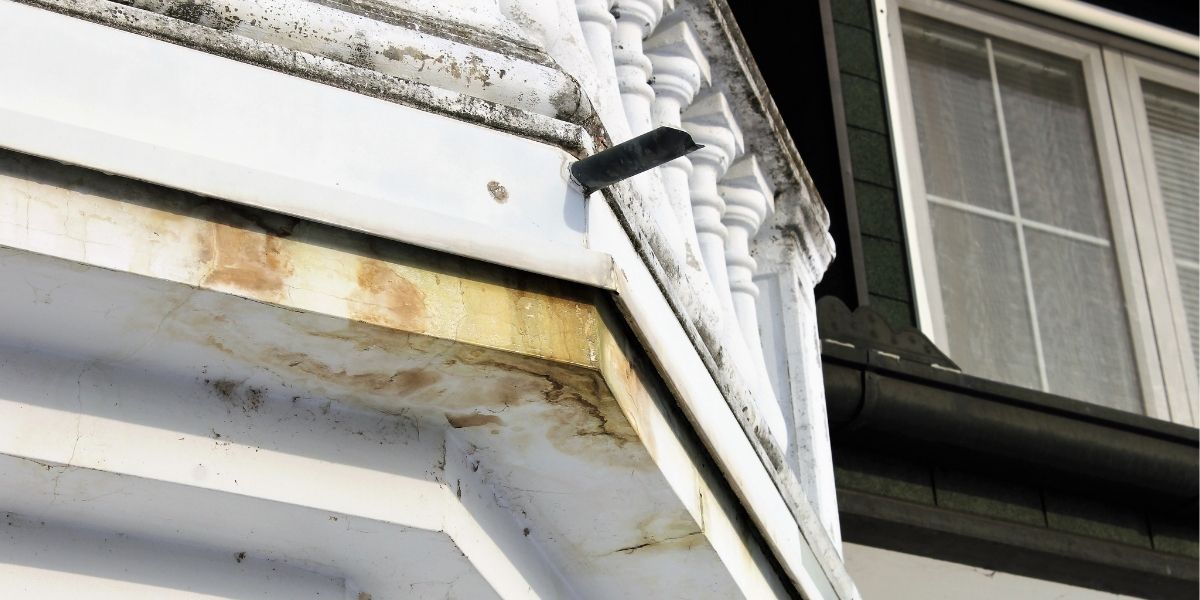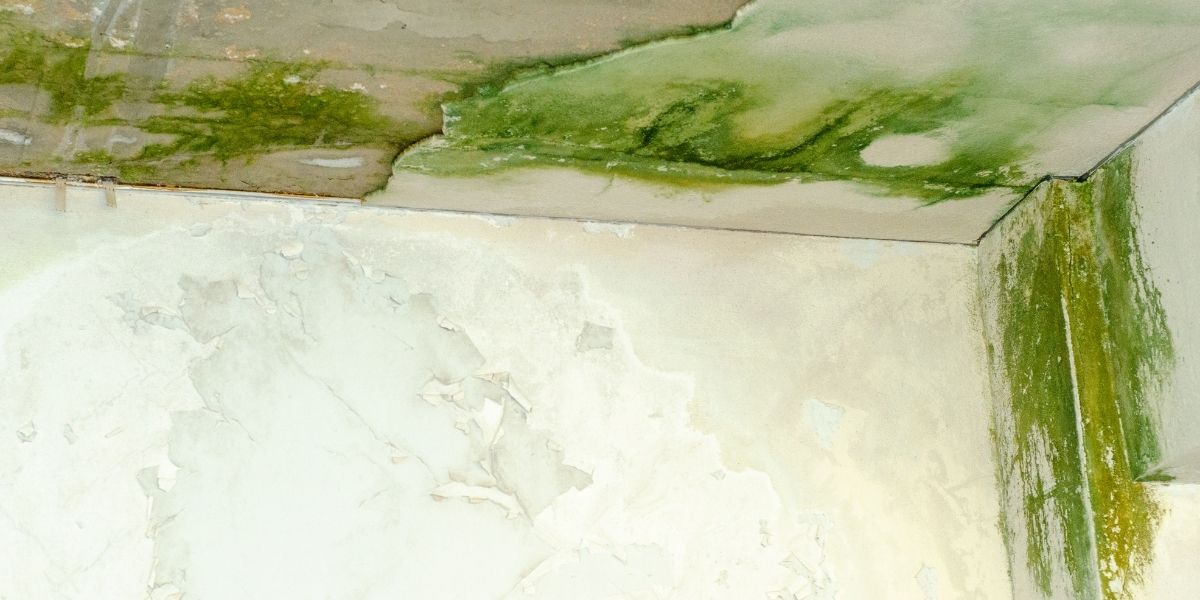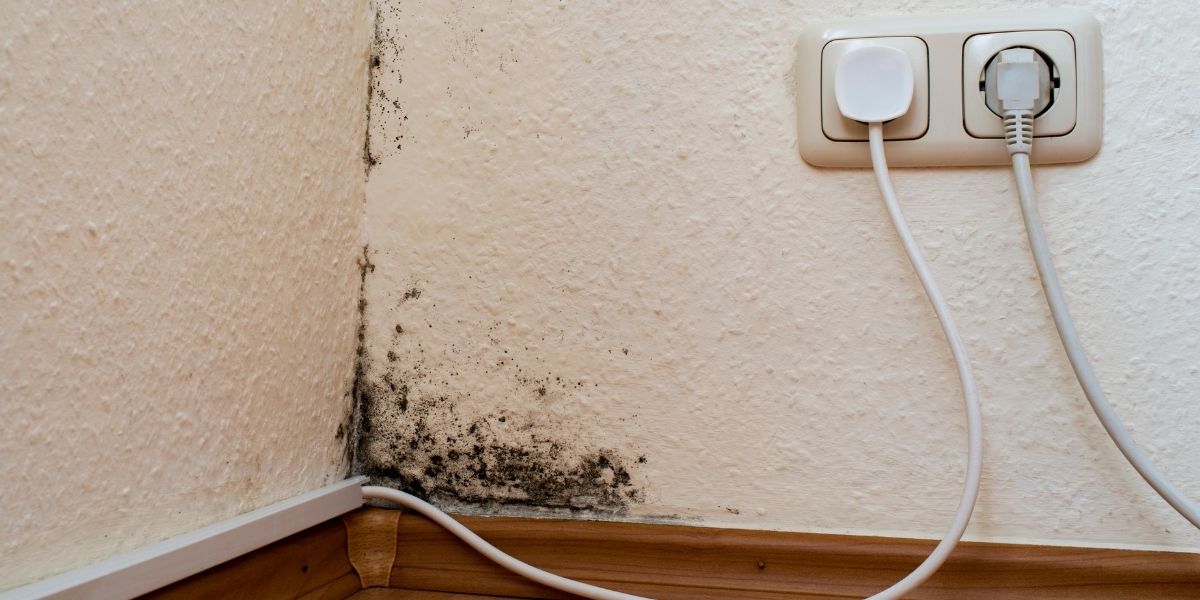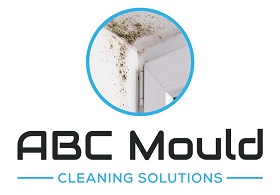Why You Need Moulds Removal after The Floods in Sydney?

Mould spores can cause a variety of health problems, so it is crucial to get them removed as soon as possible. In this blog post, we will discuss five reasons why you need moulds removal services after the flood and which mould removals Sydney to call to remove them.
It was a devastating flood that struck Sydney from late February to the early weeks of March 2022. Because of the excess moisture left behind by the storm, mould has become an issue for a large number of individuals.
If you have been affected by the floods in North West Sydney and Queensland, it is important to immediately remove any moulds that may have started growing in your home.
What is Mould?
Mould is a type of fungi that can grow both indoors and outdoors. All kinds of things can harbour mould spores, including clothing, furniture, and walls. They can grow when they come into touch with water. Discolouration or staining are common signs of mould development. A musty or stale odour can also be caused by mould.
Why Do You Need Mould Removal in your Home after The Flood?
Mould can spread quickly through your home after a flood. It will spread by spores in the air and can cause a variety of health problems, including respiratory problems. Mould removal is essential to protect your family’s health.
If you have been affected by a flood, the first step is to contact a mould removal specialist. They will be able to assess the extent of the problem and advise you on the best course of action.
Mould removal can be a difficult and time-consuming process, but it is essential to protect your family’s home. If you have been affected by a flood, contact a mould removal specialist today.
Where Can you Find Mould in Your House?
Mould can be found in any area of your house that has been affected by the flood. This includes walls, ceilings, floors, furniture and even clothing. Mould can also grow in hidden areas such as behind wallpaper or under carpets. Moreover, mould can also be found in HVAC systems.
If you suspect that your house has been contaminated with mould, it is important to contact a professional mould removals Sydney as soon as possible. Only a certified professional will be able to properly assess the situation and know why you need moulds removal and determine the best course of action.
If you have recently experienced a flood, it is important to be on the lookout for mould. Mould can cause a variety of problems, so it is important to identify and remove it as soon as possible.
What Happens When you Sleep Next to Mould?
We all know that mould is bad for our health. But did you know that sleeping next to mould can be particularly harmful?
Mould releases spores into the air, which can be breathed in and cause a range of health problems, including respiratory infections, asthma, and allergic reactions. Sleeping next to mould can also exacerbate existing health conditions.
So what can you do to protect yourself from the harmful effects of mould? The first step is to identify if there is mould in your bedroom. Mould likes to grow in dark, damp, and humid environments, so check for any signs of water damage or leaks. If you spot any mould, it’s important to clean it up immediately and try to improve the ventilation in your bedroom.
Sleeping next to mould is dangerous for your health, so it’s important to know why you need moulds removal and takes steps to prevent it from growing in your bedroom. By following these simple tips, you can protect yourself from the harmful effects of mould and get a good night’s sleep.
Do Most Houses Have Mould?
No one likes to think about mould, but it’s a reality in many homes. Mould can cause serious health problems, so it’s important to be aware of the potential for mould growth in your home.
So, do most houses have mould? The answer is, unfortunately, yes. Mould is present in many homes, even if the occupants are unaware of it. Mould can grow in any type of home but is more common in homes that have high humidity levels or poor ventilation.
If you suspect that there may be mould in your home, it’s important to have it checked out by a professional mould removals Sydney for a mould inspection. They will be able to identify the type of mould and advise you on the best course of action to take.

Do Most People Know They have Mould in Their Homes?
The answer to this question is usually no. Most people are unaware that they have mould in their homes because it can be hidden behind walls, under floors, or in other hard-to-reach places. The problem with mould is that it can cause serious problems in our homes if we’re not careful.
So if you suspect you have mould in your home, it’s important to get rid of it as soon as possible. The best way to do this is to hire a professional mould removal company.
Do Moulds Spread in Walls?
Walls are often the first places that people notice mould growth in their homes. While it is possible for mould to spread through the air, it is more likely to grow on walls because of the moisture that is present. They can also spread through direct contact, such as touching a contaminated surface and then touching your face.
Moulds can also spread indirectly, for example, if you have pet rodents that are infected with mould spores. Moulds can enter your home through open doors, windows, vents, and heating and air conditioning systems. They can also come in on clothing, pets, shoes, and bags.
Moulds can grow on almost any surface, including wood, paper, carpet, food, insulation materials, and drywall. You can call mould removals Sydney experts if you see moulds growing on your wall and they will tell you why you need moulds removal services.
Can Mould Destroy a House?
Mould can cause serious structural damage to a house, especially if it’s left unchecked for a long time. In severe cases, mould can even cause a house to collapse. Many people don’t realise how destructive mould can be, and that’s why it’s important to educate yourself on the risks of mould growth in your home.
The impact of mould on the house depends on several factors, including the type of mould, the amount of mould present, and the length of time that the mould has been growing. Some types of mould are much more destructive than others, and even small amounts of certain types of mould can cause significant damage. Making sure that your home is free of mould is essential to protecting your investment and ensuring the safety of your family.
How Do you Test for Mould?
There are many methods that you can use to test for mould. The most common methods are air sampling, surface sampling, bulk sampling, and swab sampling.
Air Sampling
Air sampling is one of the most common methods of testing for mould. This is done by collecting a sample of air from the area where you suspect mould growth and sending it to a laboratory for analysis. Once the laboratory has analysed the air sample, they will be able to tell you if there is mould present and, if so, what type of mould it is.
Surface Sampling
Mould testing may also be carried out via surface samples. A swab is used to collect a sample of material from the surface of an area suspected of harbouring mould development. Send it for testing in the lab, as well. Upon receiving the surface sample, the laboratory will be able to determine whether or not there is mould present and, if so, what type.
Bulk Sampling
A technique of testing for mould called bulk sampling includes obtaining a tiny amount of material from the region where you suspect mould growth and analysing it. Send it for testing in the lab, as well. If mould is found, the lab will be able to tell you what sort it is.
Swab Sampling
Taking a sample of the material (often a swab) from the surface where mould development is suspected is known as swab sampling. Send it for testing in the lab, as well. If mould is found, the lab will be able to tell you what sort it is.
Whichever method you choose, it is important to make sure to know why you need moulds removal services and ensure that the sample is taken from an area where you suspect mould growth. This will ensure that the results are accurate.

How to Test If There’s a Mould at Your Home?
There are some methods that a homeowner can do without any professional assistance.
One way to test for the presence of mould is to use a moisture meter. Moisture meters are devices that measure the moisture content of materials. You can use a moisture meter to test the moisture content of surfaces in your home, such as walls, floors, and ceilings. If you find an area with high moisture content, it may be an indication of mould growth.
Another way to test for mould is to use a home air quality test kit. These kits usually come with a swab that you can use to collect a sample of the air in your home. Once you have collected the sample, you will need to send it to a laboratory for analysis.
Using a bleach solution is also a popular way to test for mould. To do this, mix one-part bleach with four parts water and use it to wipe down any surfaces that you suspect may be harbouring mould. If the surface lightens in colour, it is an indication that mould is present.
While there are many ways that you can test for mould, it is important to remember that the only way to definitively know if mould is present is to have a sample tested by a professional mould removals Sydney. Our ABC Mould Cleaning Solutions also offers external mould removal, so you don’t have to worry about why you need moulds removal. We can keep them from coming back! If you do find mould in your home, it is important to have it removed by a qualified remediation company.
What are the Signs of Mould in Your House?
Mould can cause serious problems in your house, so it’s important to know the signs of mould. Here are some things to look for:
Strange Smells
The smell of mould is often described as musty or earthy. If you notice a strange smell in your house, it could be a sign of mould. ABC Mould Cleaning Solutions can remove any bad smell in your house.
Visible Mould
Mould can often be seen on walls, ceilings, or floors. It can appear as black, white, green, or brown spots. If you see mould in your house, it’s important to clean it up immediately.
Water Damage
Mould often grows in areas that have been damaged by water. If you have water damage in your house, be on the lookout for mould.
Discolouration
Mould can discolour walls, ceilings, or floors. If you notice any discolouration in your house, it could be a sign of mould.
Experiencing Allergenic or Asthma Symptoms
If you start to experience allergenic or asthma symptoms, it could be a sign of mould. If you have mould in your house, it’s important to get rid of it as soon as possible. Some people may not experience any reaction to the mould and will only know it’s there when they see it.
Moisture
Mould needs moisture to grow, so if you notice any areas of your house that are particularly moist, it could be a sign of mould. If the moisture problem is not fixed, the mould will continue to grow.
If you notice any of these signs in your house, it’s important to call ABC Mould Cleaning Solutions. We will tell you why you need moulds removal after the Floods in NWS and Queensland, and we can help you get rid of mould for good.
How to Stop Moulds from Combing Back?
Moulds can be very persistent, and once they’ve taken hold in your home, they can be tricky to get rid of. Luckily, there are a few things you can do to discourage moulds from returning. One of them is called ABC Mould Cleaning Solutions! Mould removals Sydney is our specialty, and we will make sure your home is mould-free in no time. Call us at 0488 866 853 or fill out our contact form. We are looking forward to hearing from you! Do not hesitate to contact us if you want to know why you need moulds removal services after the flood in NWS and Queensland.

